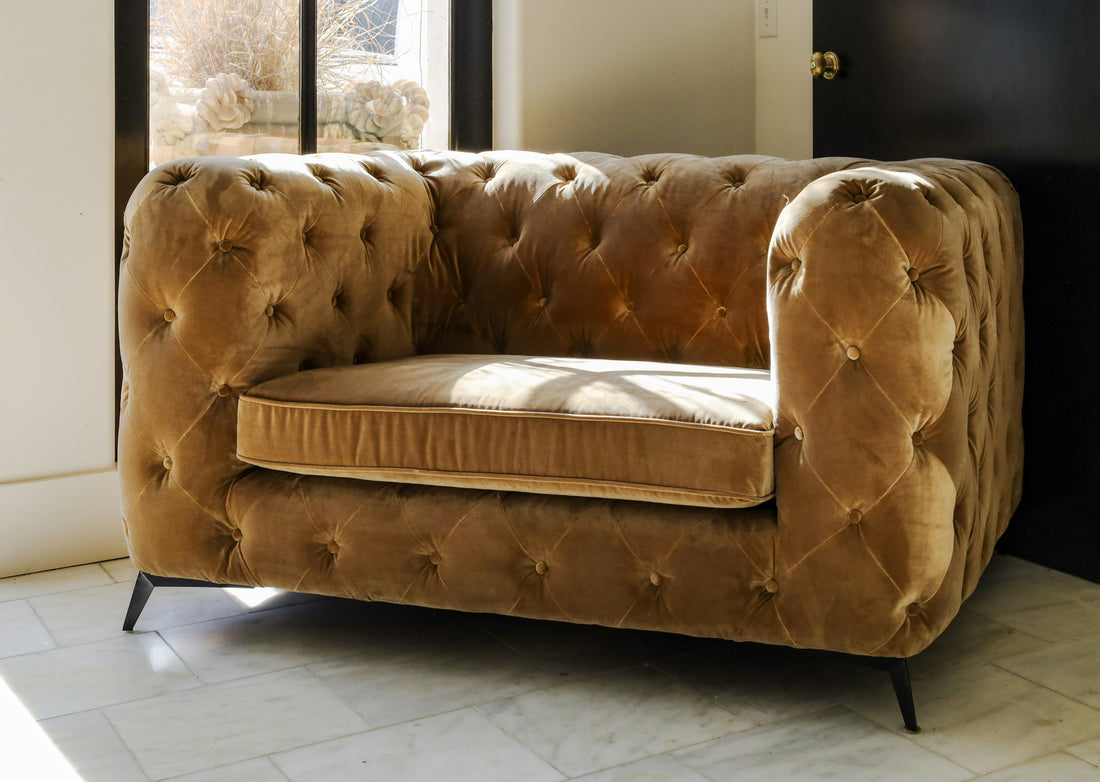
Seating Icons and the Architecture of Rest
Lyla KelleySeating has long been a subject of design experimentation, with each generation leaving behind distinct solutions to the universal question of how humans should sit. Early benches and stools emphasized practicality, while later designs incorporated ornament, proportion, and symbolic meaning. Across centuries, the chair has shifted from a mere support to a representation of authority, identity, and modern living.
The twentieth century is often considered a golden age for seating design. Designers began working with new industrial materials such as bent steel, molded plywood, and tubular frames, resulting in forms that departed from traditional woodworking. Many of the chairs produced during this era became icons, celebrated not only for their technical innovation but also for their sculptural presence. These pieces blurred the line between furniture and art, often featured in museums as much as in homes.
Yet the importance of seating is not limited to innovation or recognition. In everyday life, chairs and lounges determine how people interact within a space. A dining arrangement encourages collective activity, while a reclined form emphasizes retreat. A solitary armchair angled near a window establishes a personal zone of reflection, whereas symmetrical arrangements of seating in living rooms reinforce balance and shared focus. In this way, the placement and proportion of seating objects influence both physical posture and social patterns.
Studying iconic seating reveals the link between design and lived experience. A well-proportioned chair affects how long one lingers, how conversations flow, and how spaces are perceived. Even subtle adjustments in height, tilt, or arm placement communicate different intentions. Through these details, seating demonstrates how design is never static; it continually negotiates between body, culture, and environment. Recognizing this dialogue helps us understand why certain designs endure and remain central to the story of domestic life.
